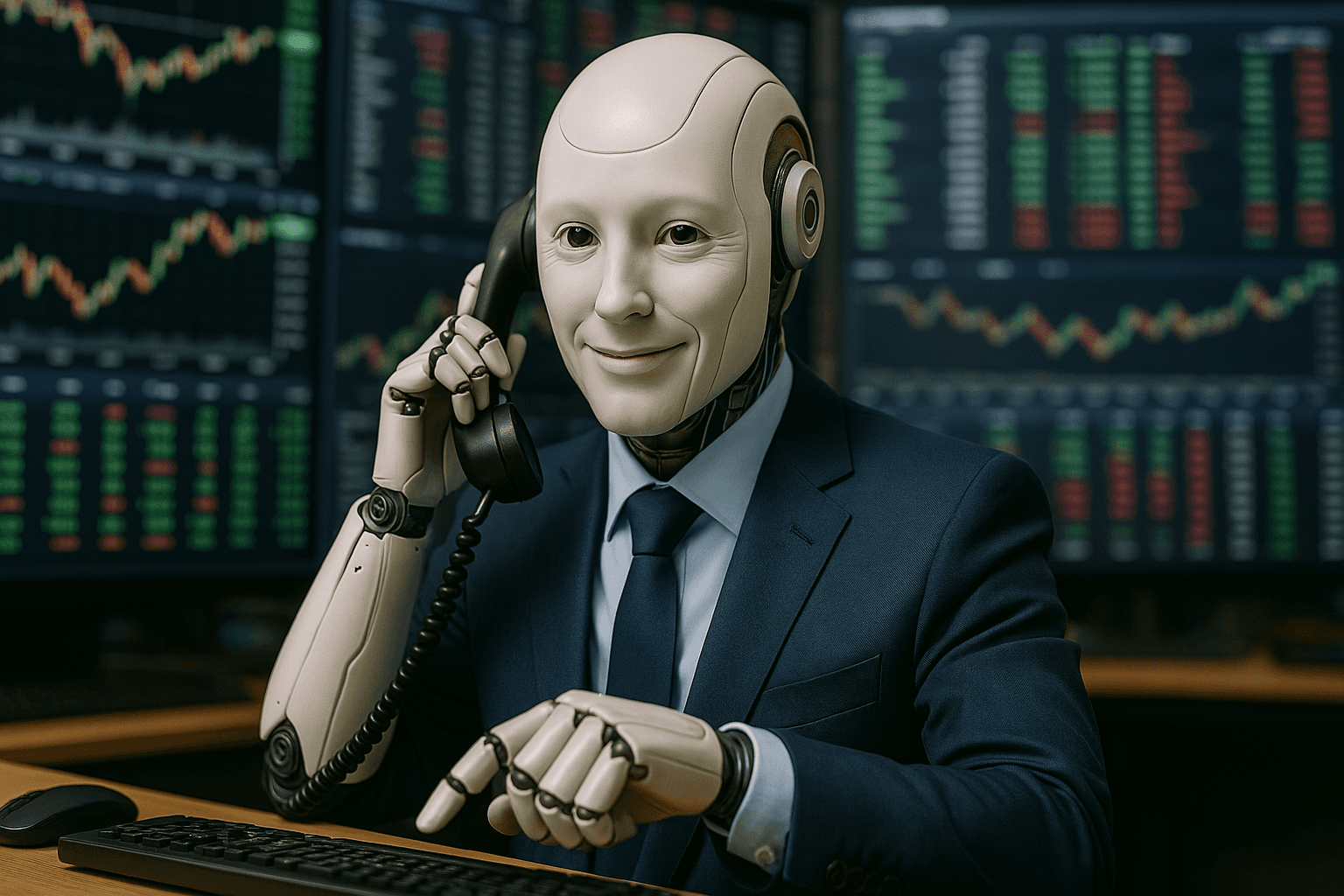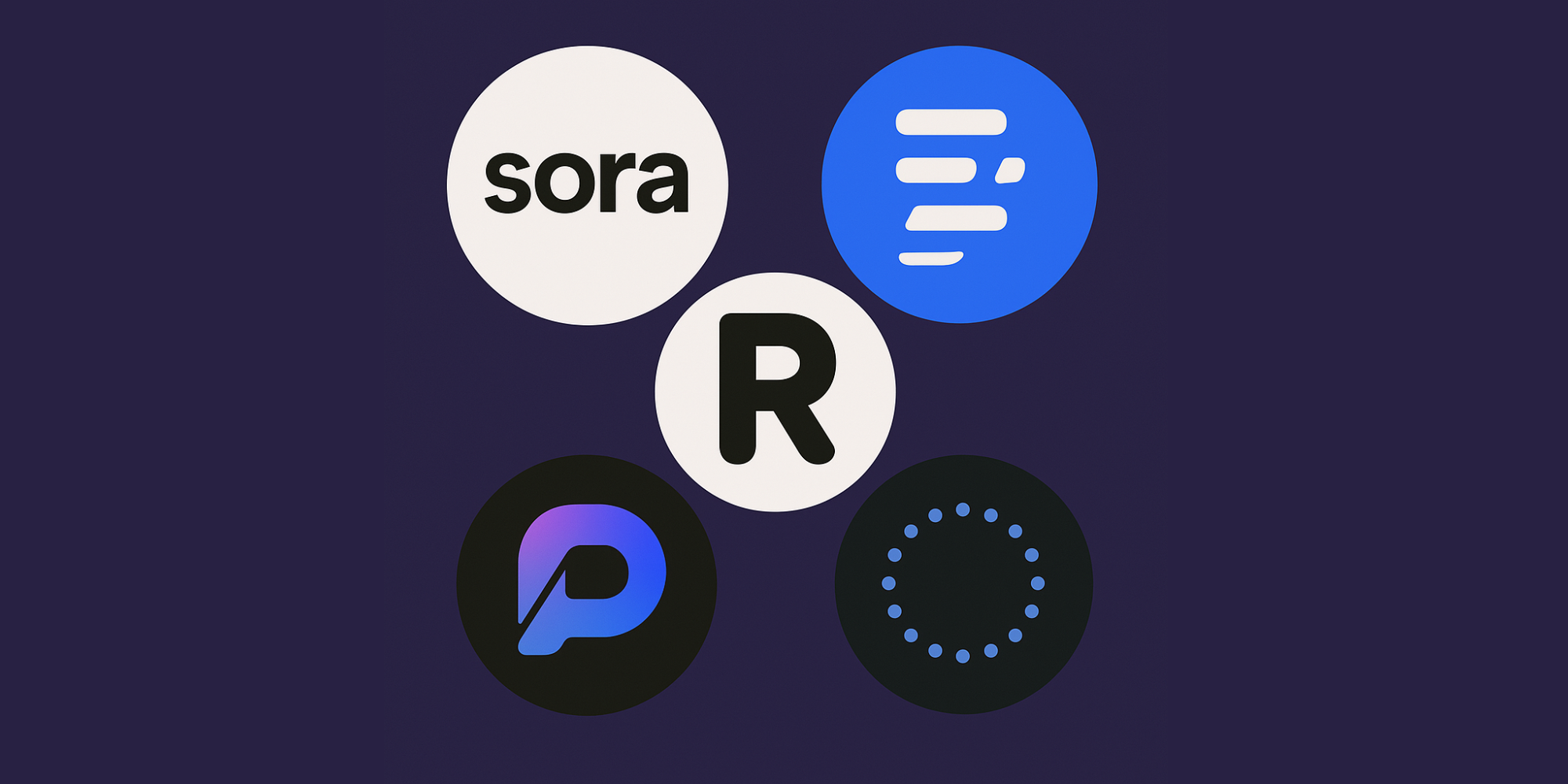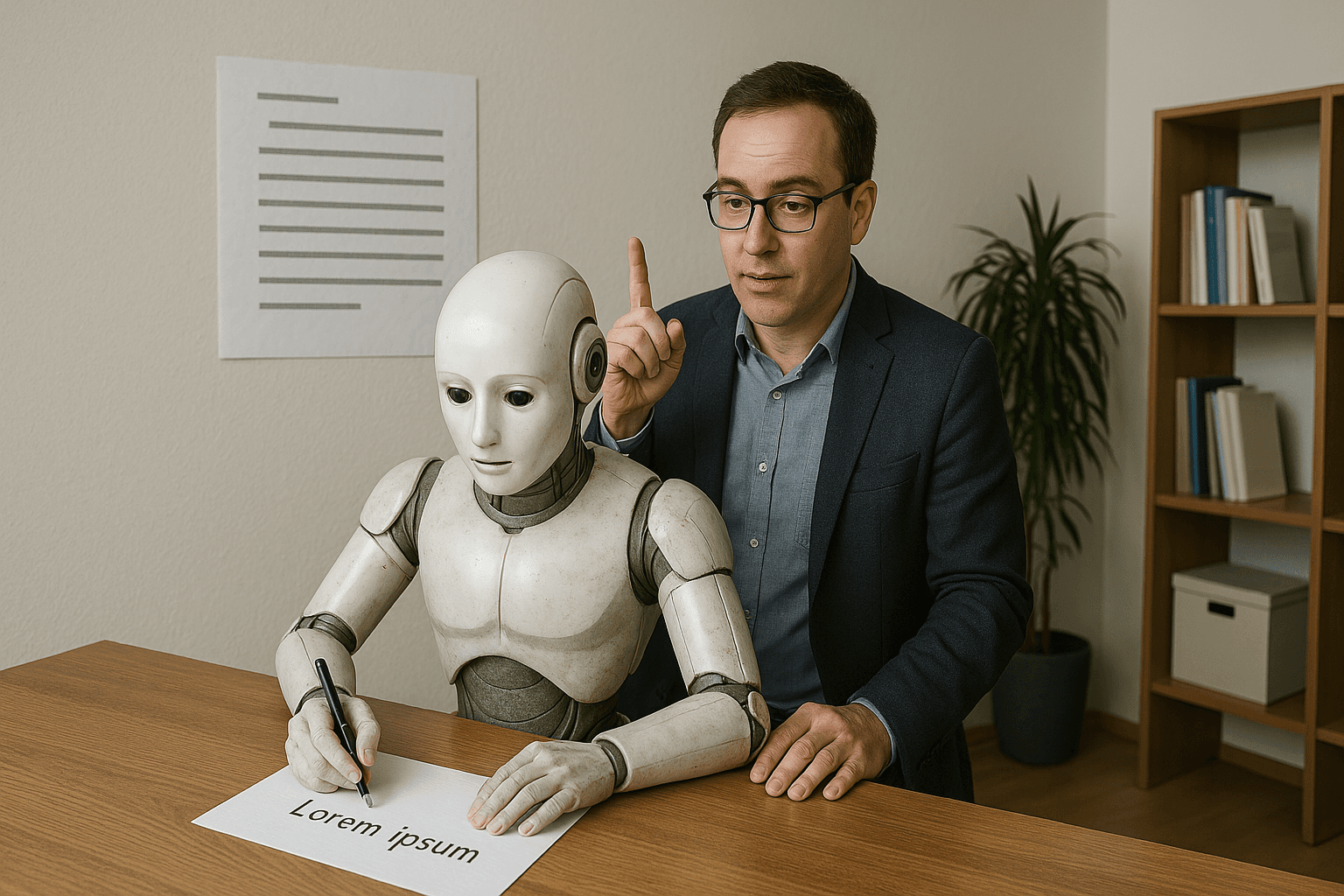
Author
Kiara
Published
Reading time
4 min.
The Best AI Image Generators 202 Ultimate Comparison for Impressive AI Art

@ChatGPT 4o
Which AI Can Create Images? The Best Tools at a Glance
Introduction – From Text to Image: The New Era of Creativity
The world of art and design is experiencing a revolution thanks to AI image generators. In recent years, the hype around AI-generated artworks has surged, making it clear that these tools are not just a fleeting trend but a groundbreaking innovation for creatives, businesses, and media alike. Today, we explore some of the most popular and effective AI image generator options available – from those offering free access to tools boasting advanced text-to-image capabilities. Whether you're searching for "ai picures for free" or the "best AI for images," our detailed guide will introduce you to the top players in the field.
How Does an AI That Creates Images Work?
At its core, a AI image generator translates textual descriptions into stunning visual outputs using neural networks and advanced algorithms. Here’s a brief look at some key concepts:
- Text to Image AI & Prompt Engineering: By feeding the AI detailed prompts, the system leverages natural language processing and deep learning to create imagery that corresponds to the text input.
- Diffusion Models and GANs: Modern image generators often utilize diffusion models—a technique that gradually transforms random noise into coherent images—or GANs (Generative Adversarial Networks), where two neural networks compete to produce more realistic images.
- Application Areas: These innovations are not limited to art creation alone. Industries such as marketing, media, gaming, and design benefit from robust tools like these that help create visual content quickly and efficiently.
This transformative technology is paving the way for "text to image ai" solutions that empower users to realize their creative visions without needing advanced artistic skills.
The Best AI Image Generators Compared
1. OpenAI 4o Image Generation – The new highlight
On March 25, 2025, OpenAI set a new standard by integrating 4o Image Generation into its GPT-4o model. The images are not only photorealistic but also extremely context-aware – even complex prompts with up to 20 objects are rendered with precision.
**Strengths:
Revolutionary contextual understanding for text and audio inputs
Seamless integration into the chat – no separate application needed
Available to free users as well
**Limitations:
Rendering times of up to one minute
**Special Feature:
Ideal for creative and complex image concepts in professional environments
👉 Learn more here: https://autark.news/en/tech/ki/openai-4o-revolutionary-ai-image-generation-with-photorealistic-context-understanding
Try it out here: https://chatgpt.com/
2. Midjourney
Midjourney is renowned for its artistic style and vibrant community engagement. It emphasizes creativity over technical precision:
- Strengths: Unique, visually appealing aesthetics with a strong emphasis on creative expression.
- Usage: Generated images come through an intuitive Discord interface, making it accessible for both beginners and professionals.
- Prompting Particularities: The platform encourages detailed and thoughtful prompting to achieve the best “AI Picture” outcomes.
Midjourney is often compared to DALL·E in how it prioritizes artistic flair, making it a go-to for designers and digital artists.
3. Stable Diffusion
Stable Diffusion is celebrated for its open-source nature and the ability to run the model locally:
- Strengths: Maximum control over the image generation process, highly customizable, and free to adapt for tailored use cases.
- Usage: Accessible through web interfaces like DreamStudio or through custom-built tools.
- Add-ons & Custom Models: Its open-source model means it can be extended with a variety of add-ons, making it a versatile "AI Art Generator" for those wanting bespoke image creation.
For developers and creative professionals looking for adaptability, Stable Diffusion provides an unmatched level of freedom.
4. Adobe Firefly
Adobe Firefly integrates seamlessly within the Adobe Creative Cloud ecosystem:
- Focus: Designed specifically with designers in mind, Firefly focuses on integration and ease-of-use.
- Strengths: Offers royalty-free usage rights for commercial projects, ensuring hassle-free adoption in professional settings.
- Ideal For: Users who are already embedded in the Adobe suite and need high-quality, rights-cleared images for creative projects.
Adobe Firefly brings the power of AI to traditional design processes, making it a compelling choice for professionals in the creative industries.
5. Further Exciting Tools
The landscape of AI pictures erstellen tools is continuously evolving, with innovative options such as Bing Image Creator, Leonardo AI, NightCafe, and RunwayML:
- Brief Descriptions: These tools cater to various audience segments. For instance, Leonardo AI is ideal for those seeking rapid prototyping, while NightCafe excels in community-driven art challenges.
- Target Audiences: Depending on your needs—be it a marketing tool, a prototyping aid, or a creative outlet—there’s a AI image generator that fits the bill.
Each of these tools offers unique strengths, making them interesting alternatives when comparing features like "Midjourney vs DALL·E" or seeking the "best AI for images."
Who Are AI Image Generators Suitable For?
AI image generators are incredibly versatile and find applications across a wide range of fields:
- Creatives: Designers, artists, and photographers can use these tools to generate inspiration or complete works of art without starting from scratch.
- Marketing Professionals: From content creation to eye-catching social media visuals, KI Bilder for marketing initiatives help brands stand out.
- Businesses: Companies utilize these tools for visualizing prototypes, enhancing presentations, and streamlining the product design process.
- Media: Journalists and storytellers employ AI-generated images to enrich visual storytelling, create compelling title images, and more.
By incorporating AI pictures in marketing into their workflow, professionals across sectors can enhance their visual communication and creative output.
Legal Issues and Ethical Aspects
As with any emerging technology, the widespread use of AI-generated images comes with important legal and ethical considerations:
- Copyright Concerns: One pressing question is who owns a KI-generiertes Bild. This remains a complex legal area, often varying based on jurisdiction and the specifics of the usage agreement.
- Commercial Use: Before using images generated by these tools commercially, it is essential to understand what is permitted under their respective licenses.
- Manipulation Risks: The potential for deepfakes and image manipulation introduces ethical debates about the misuse of such technology, highlighting the need for responsible usage and regulatory oversight.
Engaging with these issues early ensures that users benefit from the power of these tools without inadvertently stepping afoul of legal or ethical guidelines.
Conclusion – The Right AI Depends on the Use Case
Each AI image generator brings its unique strengths and limitations to the table, which means the best choice hinges on your specific needs and use case. Whether you favor the precision of DALL·E 3, the creative artistry of Midjourney, or the extensive control of Stable Diffusion, exploring these options can unlock new realms of creativity and productivity.
For those looking to integrate AI into their creative workflows responsibly, consider experimenting with multiple tools to find the perfect balance of creativity, control, and cost.
CTA: Discover how autark.news also leverages transparent and responsible AI-generated visuals to tell compelling stories and drive engagement.
Frequently Asked Questions (FAQ)
Q1: Which AI is the best for creating images?
A: Currently, ChatGPT 4o from OpenAI stands out for its tight integration with GPT models, which makes it one of the best AI image generator options on the market. Its detailed and precise output has set a benchmark in the industry.
Q2: Can I commercially use AI-generated images?
A: Yes, many platforms allow commercial use, but it is crucial to check the licensing terms for each tool. Some platforms offer royalty-free images, while others might have restrictions that require proper attribution or licensing fees.
Q3: Is Midjourney free to use?
A: Midjourney offers a limited free trial; however, for extended or commercial use, subscription-based plans are required. Always refer to the latest pricing model on their official website.
Q4: What distinguishes DALL·E from Stable Diffusion?
A: DALL·E focuses on close language integration and precise image details via a powerful closed-source system, whereas Stable Diffusion is open-source, offering greater customization and on-premise execution, which appeals to developers seeking full control over their creative process.
Q5: Are there any risks associated with using AI image generators?
A: While these tools offer exciting creative possibilities, there are risks such as potential copyright issues, the misuse of images for creating deepfakes, and the ethical concerns of automated art generation. It is always important to use such tools responsibly and stay informed about evolving legal standards.
By understanding both the technical inner workings and practical applications of these AI image generators, you can harness their full potential while navigating the challenges of this rapidly evolving technology. Happy creating!
Related Articles
Subscribe to newsletter
Get the latest articles directly in your inbox.


